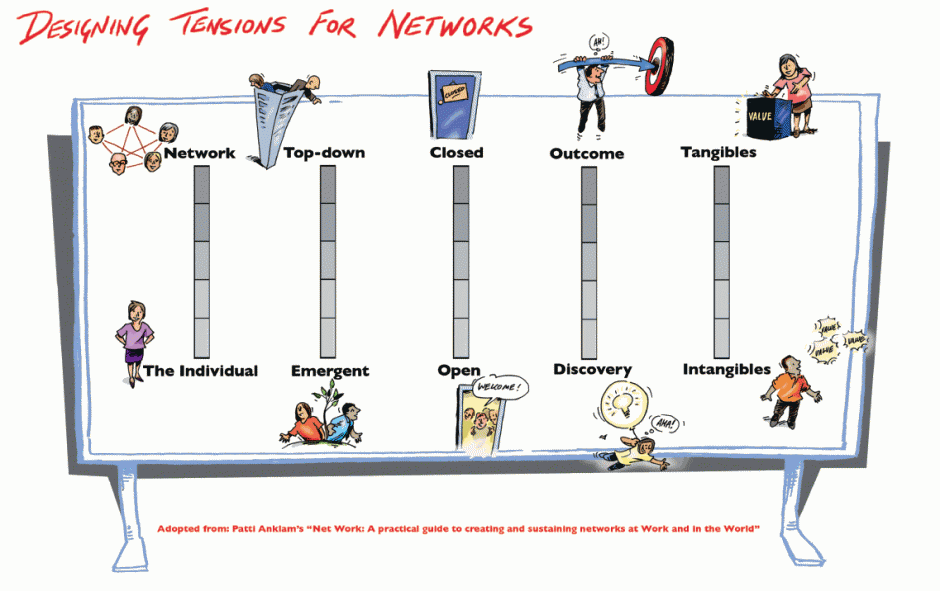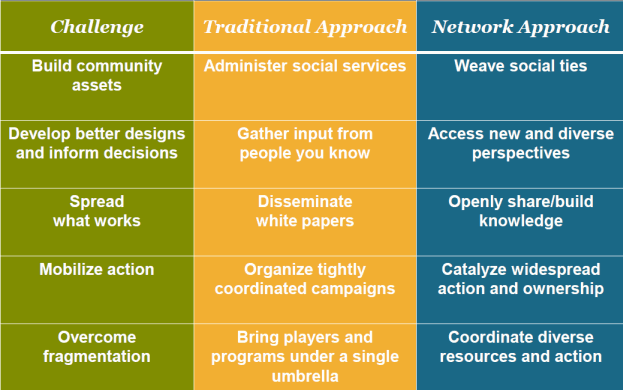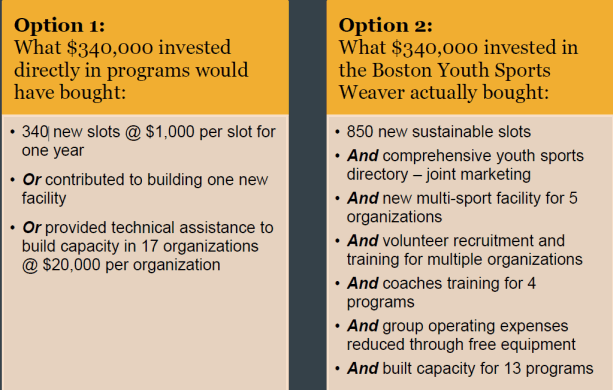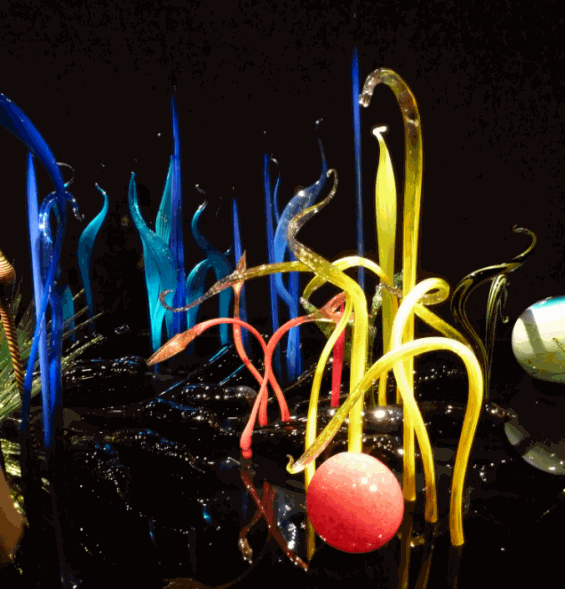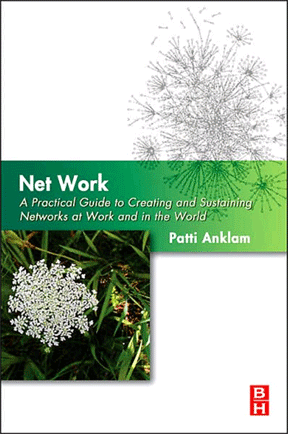Integrating Network Analysis into a Social Media/Collaboration Project
I have been recently been requested to participate in proposals (some leading to projects!) in which an organizational network analysis (ONA) is used in an integrated way during the development of a collaboration strategy. In each instance, I’ve found it necessary to write some educational “addenda” for attachment to the proposals. Much as ONA/SNA practitioners would like it to be otherwise, our discipline never went mainstream to the extent that the method and its uses are well known.
My colleague Dan Keldsen recently invited me to collaborate with him and others on such a proposal. Rather than attach my write-up as an addendum, he (social media guru that he is) published it as a blog on his Information Architected site. See Using Organizational Network Analysis (ONA) and let us know what you think.
And, if you are interested in learning ONA, I think there are still spaces available in the course I deliver with Optimice colleagues Cai Kjaer and Laurie Lock Lee. The four-session course includes access to the online ONA course I developed for Information Architected and that is hosted on Dan’s site. The course runs sessions based on Asia/Pacific, US, and European time zones. The next European session begins next week. Apart from the online course, we work to tailor the content to the needs of the students, that is, we talk about how to integrate an ONA project into the work challenges that they are facing right now.

